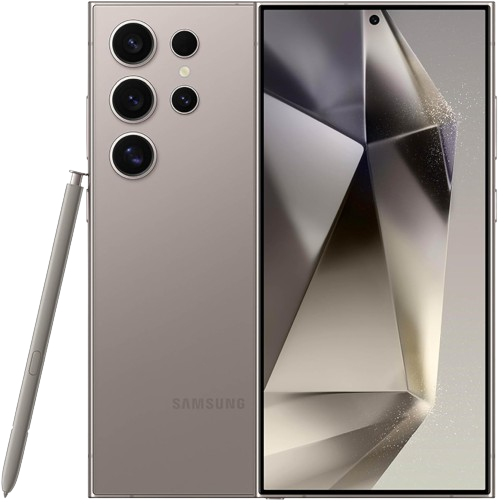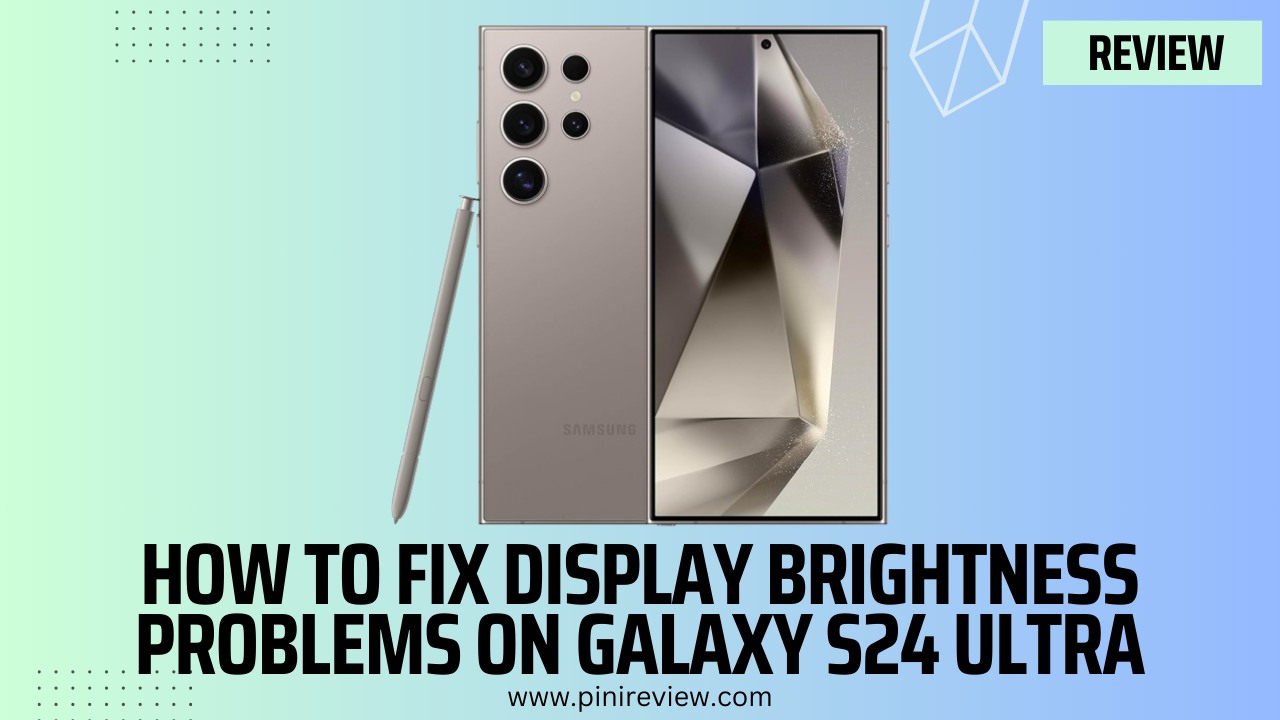The Samsung Galaxy S24 Ultra, a flagship device renowned for its cutting-edge technology and robust features, has set a new standard in the smartphone market. With its advanced camera system, powerful processor, and immersive display, it promises an unmatched user experience. However, like any sophisticated piece of technology, it’s not immune to issues. One common problem some users have encountered is with the display brightness, where the screen either doesn’t get bright enough or exhibits erratic brightness levels, detracting from the user’s experience. For a comprehensive review and more details on the Galaxy S24 Ultra, you can visit this link.
To address these display brightness problems effectively, we’ve compiled a list of 10 solutions that can help restore your Galaxy S24 Ultra’s screen to its optimal performance. Each solution is explained in detail, followed by step-by-step instructions on how to implement it.

Solution 01: Check Adaptive Brightness Settings
Adaptive Brightness is a feature that automatically adjusts your screen’s brightness based on the lighting conditions around you. While it’s designed to enhance viewing comfort, sometimes it might not work as expected.
How to Adjust It:
- Go to Settings > Display.
- Find the Adaptive Brightness option and toggle it off.
- Manually adjust the brightness to see if the issue resolves. If it improves, try toggling Adaptive Brightness back on and observe its behavior.
Solution 02: Update Your Software
Outdated software can cause various issues, including brightness problems. Samsung frequently releases updates to improve performance and fix bugs.
Updating Process:
- Navigate to Settings > Software Update.
- Tap on Download and Install.
- If an update is available, follow the prompts to install it. Restart your device after the update and check if the brightness issue is resolved.
Solution 03: Disable Power Saving Mode
Power Saving Mode can reduce your device’s performance and screen brightness to save battery life. Turning it off can help if it’s affecting your screen’s brightness.
Disabling Steps:
- Go to Settings > Battery and Device Care > Battery.
- Find Power Saving Mode and turn it off.
- Adjust your screen brightness again to see if there’s an improvement.
Solution 04: Reset All Settings
Resetting all settings can resolve underlying issues without erasing your data. It restores your device’s settings to their defaults.
Reset Instructions:
- Access Settings > General Management.
- Tap Reset > Reset All Settings.
- Confirm your action and wait for the device to restart. Then, check if the brightness issue has been fixed.
Solution 05: Check for External Screen Protectors
Sometimes, external screen protectors can interfere with the ambient light sensor, affecting screen brightness.
What to Do:
- Carefully remove any screen protector and clean your screen.
- Test the brightness without the screen protector to see if there’s a difference.
Solution 06: Boot in Safe Mode
Booting in Safe Mode disables all third-party apps temporarily, which can help identify if an app is causing the problem.
Safe Mode Booting:
- Press and hold the Power button until the Power off icon appears.
- Tap and hold the Power off icon until you see the Safe Mode option.
- Tap Safe Mode and use your device as usual to check if the brightness issue persists.
Solution 07: Calibrate the Display
Calibrating the display can sometimes fix brightness issues by adjusting the screen to more accurate color and brightness levels.
Calibration Steps:
- Download a display calibration app from the Google Play Store.
- Follow the app’s instructions to calibrate your screen.
- Reassess the brightness level post-calibration.
Solution 08: Factory Reset
A factory reset should be your last resort as it erases all data on your device. Back up your data before proceeding.
Resetting Process:
- Go to Settings > General Management > Reset > Factory Data Reset.
- Follow the prompts to complete the reset. After resetting, set up your device and check the brightness.
Solution 09: Visit a Samsung Service Center
If none of the above solutions work, there might be a hardware issue. Visit a Samsung service center for professional assistance.
Solution 10: Use Third-Party Apps
Several third-party apps allow for more granular control over your display settings. Apps like Lux or Twilight can offer alternative solutions to managing screen brightness and color temperature.
Bonus Tip: Regularly monitor your device’s health and performance through the Device Care feature. Keeping your Galaxy S24 Ultra optimized can prevent many common issues, including those related to display brightness.
By implementing these solutions, you should be able to resolve most brightness issues on your Galaxy S24 Ultra. Remember, maintaining your device’s software updates and regularly checking settings can prevent many common problems.

Leave a Reply